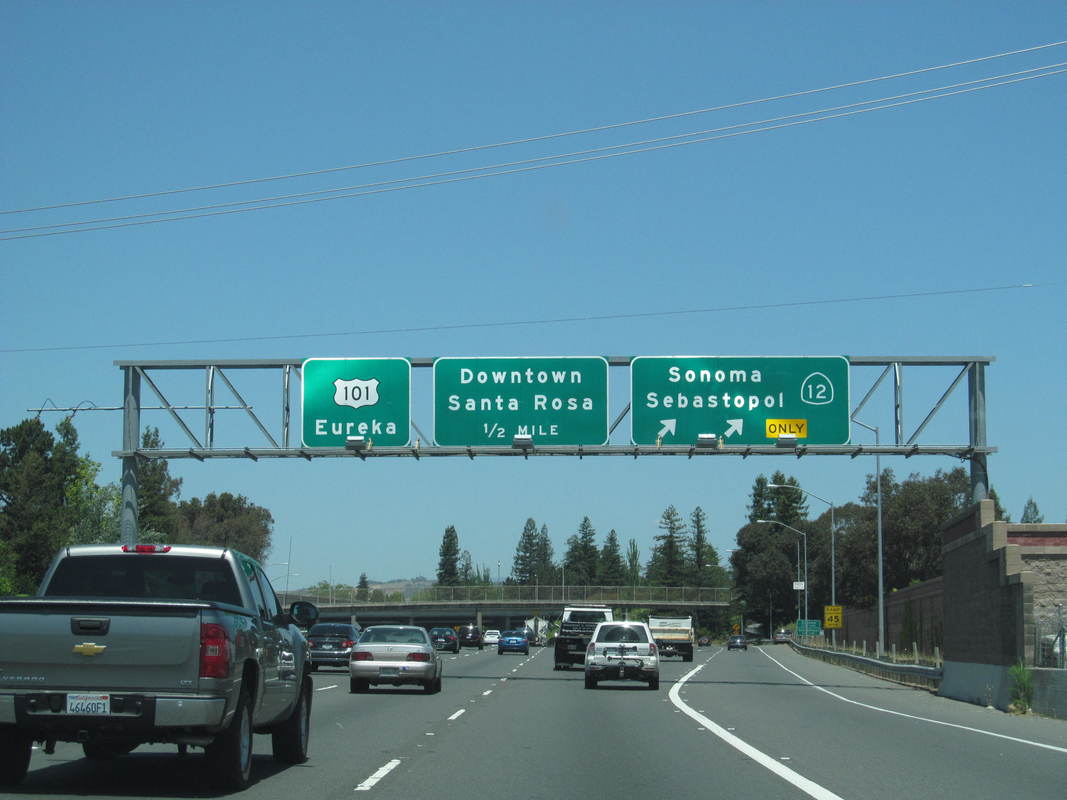|
One of the most common and, arguably, most dangerous criminal offenses is driving under the influence of drugs or alcohol. A DUI driver poses a risk not only to themselves, but to the general public as well. Because of the possible severe consequences of a DUI, California imposes severe punishments. Here’s a quick list of tipson what to do and what not to do if arrested for a DUI.
Don’t:
DO’s
It is a common misconception to group assault and battery as one in the same even though they are typically charged jointly. The California Penal Code defines “assault” and “battery” differently, making them two distinct criminal acts that require their unique set of requirements. Assault is defined under California Penal Code Section 240, whereas battery is defined under section 242.
Assault is defined under Penal Code Section 240 as, “an unlawful attempt, coupled with a present ability, to commit a violent injury on the person of another.” Assault seeks to protect pure psychological injuries because every person has the right to be free from apprehension of a potential injury. What does this mean? As stated in Penal Code Section 240, assault is the unlawful attemptto commit an injury. This means that no actual injury is required, rather the simple attemptto commit the injury is sufficient. For example, shouting profanities at someone does not constitute assault, as mere words are not enough. They do not create a justified apprehension of harm. However, if the words are coupled with physical actions such as balling your fists, or grabbing for a bat, then it could be deemed sufficient. It is the justifiable fear that a person can create towards another from their actions that assault seeks to protect against. Battery, on the other hand, is taking an assault a step further. Penal Code section 242 defines “battery” as any willful and unlawful use of force or violence upon the person of another. Battery seeks to protect the bodily integrity of the person. Unlike assault, battery requires that physical contact be made. But what type of physical contact? Typically, this refers to person-to-person contact, such as punching or pushing. However, courts over the years have expanded the meaning of physical contact. The courts have even held that making physical contact with an item that the other is holding, if in close proximity, injures their bodily integrity. Here’s an example, A slaps a plate out of B’s hand. Although A did not make physical contact with B, the plate is considered part of B’s bodily integrity because he was holding it. Another way the courts have expanded the physical contact element is by considering an alleged victim’s particular personal preferences, but only if that preference has already been articulated to the would-be batterer. An extreme example: B is afraid of being hugged. A, knowing of this, lunges at B to hug him. Although hugging is normally a socially acceptable act, B’s prior verbal communication of his sensitivity makes it unacceptable to him. If A hugs B, A had committed a crime. As always, the intricacies of assault and battery charges depend on the facts. Make sure you find an experience lawyer to assist you, as both assault and battery carry severe penalties if convicted. |
AuthorDevina strives to make information relevant to the lives of her clients easily accessible. Archives
July 2024
Categories
All
|
Proudly serving Sonoma, Marin, Napa, Mendocino and Lake Counties (and occasionally venturing as far as Yolo, Santa Clara and San Mateo Counties).
Proudly powered by Weebly
This website is for informational purposes only and does not provide legal advice. Do not act or refrain from acting based on anything you read on this site. Using this site or communicating with the Law Office of Devina Douglas through this site does not form an attorney/client relationship. This site is legal advertising. Please review the full disclaimer for more information. (LINK TO FULL DISCLAIMER PAGE)

 RSS Feed
RSS Feed




